Nationality USA Role Astronomer Alma mater Vassar College Education Vassar College | Academic advisors Maria Mitchell Fields Astronomy Name Antonia Maury | |
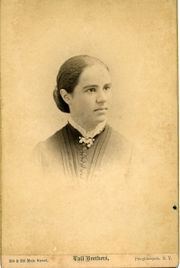 | ||
Institutions Harvard College Observatory Died January 8, 1952, Dobbs Ferry, New York, United States Notable awards Annie Jump Cannon Award in Astronomy (1943) | ||
Antonia Maury.wmv
Antonia Maury (March 21, 1866 – January 8, 1952) was an American astronomer who published an important early catalog of stellar spectra.
Contents
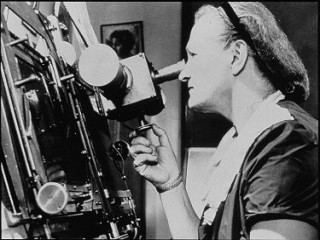
Early life
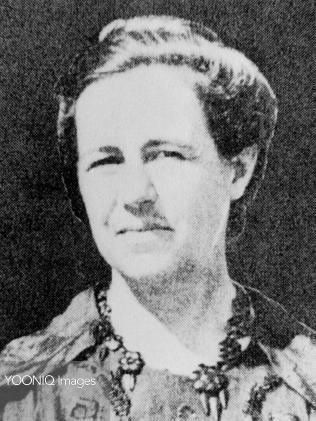
Antonia Coetana de Paiva Pereira Maury was born in Cold Spring, New York in 1866. She was named in honor of her maternal grandmother, Antonia Coetana de Paiva Pereira Gardner Draper, who belonged to a noble family that fled Portugal for Brazil on account of Napoleon Bonaparte's wars. Maury's father was the Reverend Mytton Maury, a direct descendant of the Reverend James Maury and one of the sons of Sarah Mytton Maury. Maury's mother was Virginia Draper, a daughter of Antonia Coetana de Paiva Pereira Gardner and Dr. John William Draper.
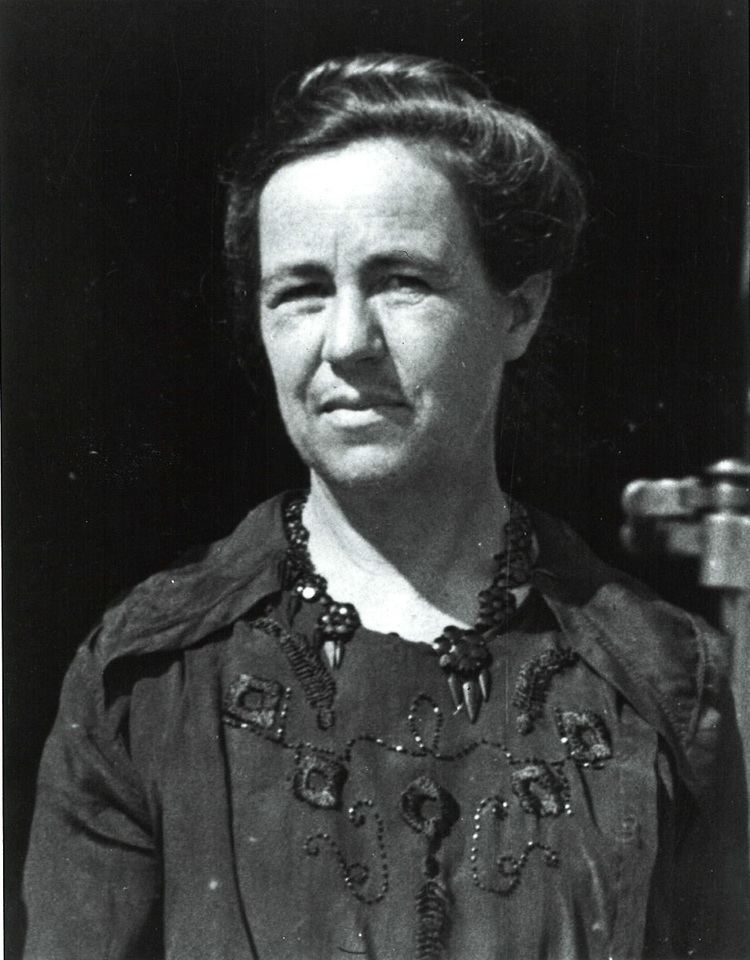
Maury was also the granddaughter of John William Draper and a niece of Henry Draper, both pioneering astronomers. As such, young Antonia and her two siblings were exposed to science at a very early age. Her younger sister, Carlotta Maury, went on to become a geologist, stratigrapher, paleontologist.
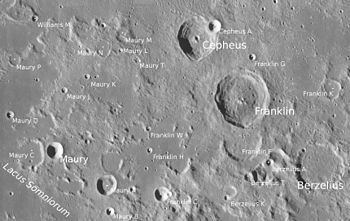
Antonia Maury attended Vassar College, graduating in 1887 with honors in physics, astronomy, and philosophy. There, she studied under the tutelage of renowned astronomer Maria Mitchell.
Astronomical work
After completing her undergraduate work, Maury went to work at the Harvard College Observatory as one of the so-called Harvard Computers, highly skilled women who processed astronomical data. In this capacity, Maury observed stellar spectra and published an important catalogue of classifications in 1897.
Edward Charles Pickering, the observatory's director, disagreed with Maury’s system of classification and explanation of differing line widths. In response to this negative reaction to her work, she decided to leave the observatory. However, Danish astronomer Ejnar Hertzsprung realized the value of her classifications and used them in his system of identifying giant and dwarf stars.
In 1908, Maury returned to Harvard College Observatory where she remained for many years. Her most famous work there was the spectroscopic analysis of the binary star Beta Lyrae, published in 1933.
Later years
After retirement, Maury pursued interests in nature and conservation. She enjoyed bird-watching, and she fought to save western Sequoia trees from being felled during wartime. For three years, Maury also served as curator of the John William Draper House in Hastings-on-Hudson, NY, where her grandfather and uncle had built observatories, and where the first photos of the moon as seen through a telescope were taken.
Maury died on January 8, 1952, in Dobbs Ferry, NY.
Awards
In 1943, Antonia Maury was awarded the Annie Jump Cannon Award in Astronomy by the American Astronomical Society.
The lunar crater Maury and a number of smaller ejecta craters are co-named for Antonia Maury. They were originally named for her cousin, Commander Matthew Fontaine Maury, United States Navy and are, perhaps, the only lunar features shared by two cousins.
